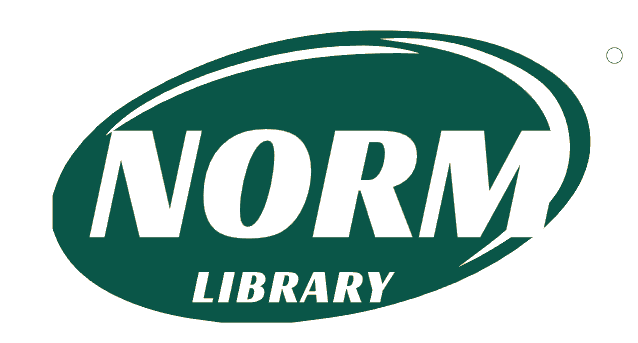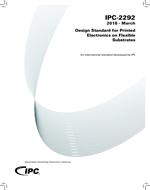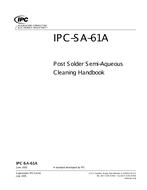
ASTM E2317-04
Original price was: $65.00.$39.00Current price is: $39.00.
Standard Guide for Conducting Renewal Microplate-Based Life-Cycle Toxicity Tests with a Marine Meiobenthic Copepod
standard by ASTM International, 04/01/2004
1.1 This guide describes procedures for obtaining laboratory data concerning the adverse effects of a test material added to seawater, but not to food, on the marine copepod Amphiascus tenuiremis, during continuous exposures of individuals, from immediately after birth, until after the beginning of reproduction using a 200 µL renewal microplate-culturing technique. The following data are checked and recorded during the test period: stage-specific survival, number of days it takes for development from a first stage nauplius to a reproductively mature copepod, gender ratios, number of days for a female to extrude first and subsequent broods, number of days between first (and subsequent) brood extrusion(s) and hatching of first-generation nauplii, number of hatched and surviving nauplii, number of unhatched or necrotic eggs and aborted unhatching eggsacs, and the total number of females able to produce viable offspring over the entire mating period. This microplate-based full life-cycle toxicity test has a duration of approximately 17 days for toxicants that do not delay development. These procedures probably will be useful for conducting life-cycle toxicity tests with other species of copepods, although modifications might be necessary.
1.2 These procedures are applicable to most chemicals, either individually, or in formulations, commercial products, or known mixtures, that can be measured accurately at the necessary concentration in water. With appropriate modifications these procedures can be used to conduct tests on temperature, dissolved oxygen, and pH and on such materials as aqueous effluents (see also Guide E 1192), sediment pore waters, and surface waters. Renewal microplate tests might not be applicable to materials that have a high oxygen demand, are highly volatile, are rapidly transformed (biologically or chemically) in aqueous solutions, or are removed from test solutions in substantial quantities by the test chambers or organisms during the test. If the concentration of dissolved oxygen falls below 50 % of saturation, or the concentration of test material in the test solution decreases by more than 20 % between renewals, it might be desirable to renew the solutions more often.
1.3 This standard does not purport to address all of the safety concerns, if any, associated with its use. It is the responsibility of the user of this standard to establish appropriate safety and health practices and determine the applicability of regulatory requirements prior to use.
Product Details
- Published:
- 04/01/2004
- Number of Pages:
- 16
- File Size:
- 1 file , 170 KB
- Note:
- This product is unavailable in Russia, Ukraine, Belarus




